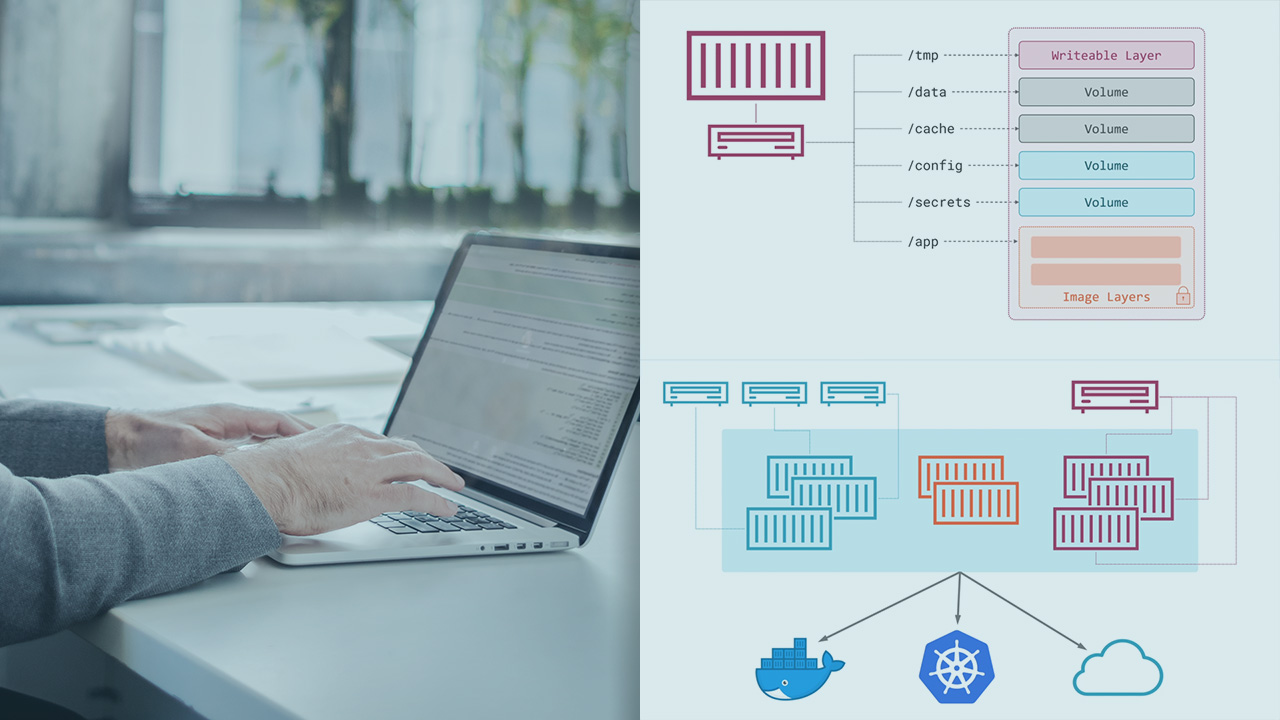- Course
Handling Data and Stateful Applications in Docker and Kubernetes
You can run stateful applications and databases in containers - but should you? This course teaches you how the container filesystem works, how to persist data outside of containers, and how to choose storage options for Docker and Kubernetes.

- Course
Handling Data and Stateful Applications in Docker and Kubernetes
You can run stateful applications and databases in containers - but should you? This course teaches you how the container filesystem works, how to persist data outside of containers, and how to choose storage options for Docker and Kubernetes.
Get started today
Access this course and other top-rated tech content with one of our business plans.
Try this course for free
Access this course and other top-rated tech content with one of our individual plans.
This course is included in the libraries shown below:
- Core Tech
What you'll learn
Containers are meant to be short-lived - you replace them any time you update your app code or apply a security patch. What happens to the data inside containers when you replace them, and how can you get the benefits of containerization for stateful applications?
In this course, Handling Data and Stateful Applications in Docker and Kubernetes, you'll learn how storage works in containers – how the filesystem is constructed and how you can persist data outside of the container lifecycle.
First, you'll learn about image layers and volume mounts in Docker. Then, you'll explore how to inject configuration files into containers with Kubernetes. Next, you'll explore options for writing persistent data in Kubernetes clusters. Finally, you'll discover about optimizing Docker images and managing storage on servers and registries.
By the end of the course, you'll understand all the choices for handling data in containers, and you'll be able to run your own stateful apps in Docker and Kubernetes.
Handling Data and Stateful Applications in Docker and Kubernetes
-
Understanding the Problem | 5m 19s
-
Images and Image Layers | 5m 37s
-
Demo: Images and Image Layers | 9m 19s
-
The Container Writeable Layer | 2m 54s
-
Demo: Container Writeable Layers | 7m 38s
-
Volume Mounts in the Container Filesystem | 2m 51s
-
Demo: Volumes and Filesystem Mounts | 8m 41s
-
Demo: Windows Volumes and Filesystem Mounts | 5m 3s
-
Module Summary | 3m 45s

